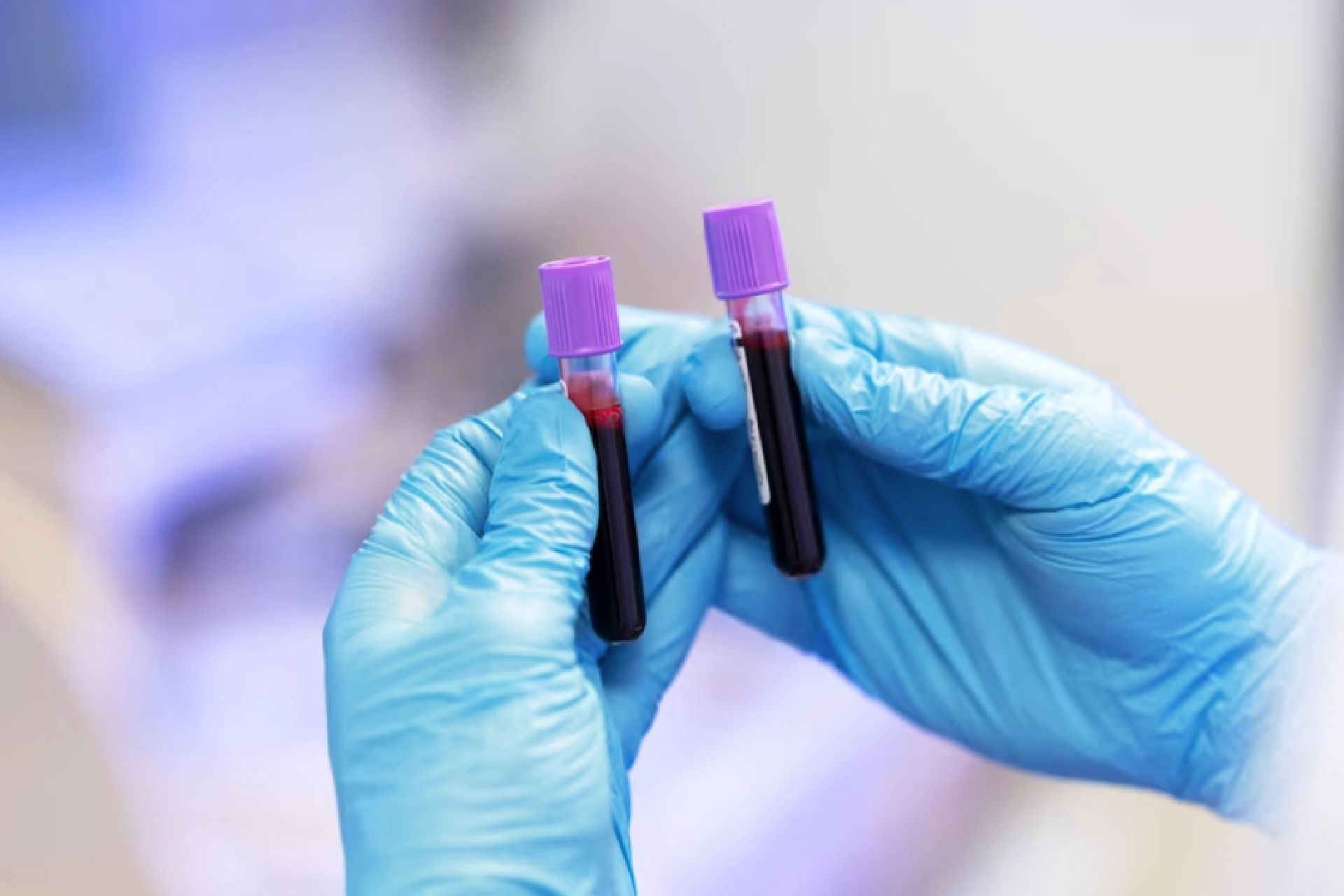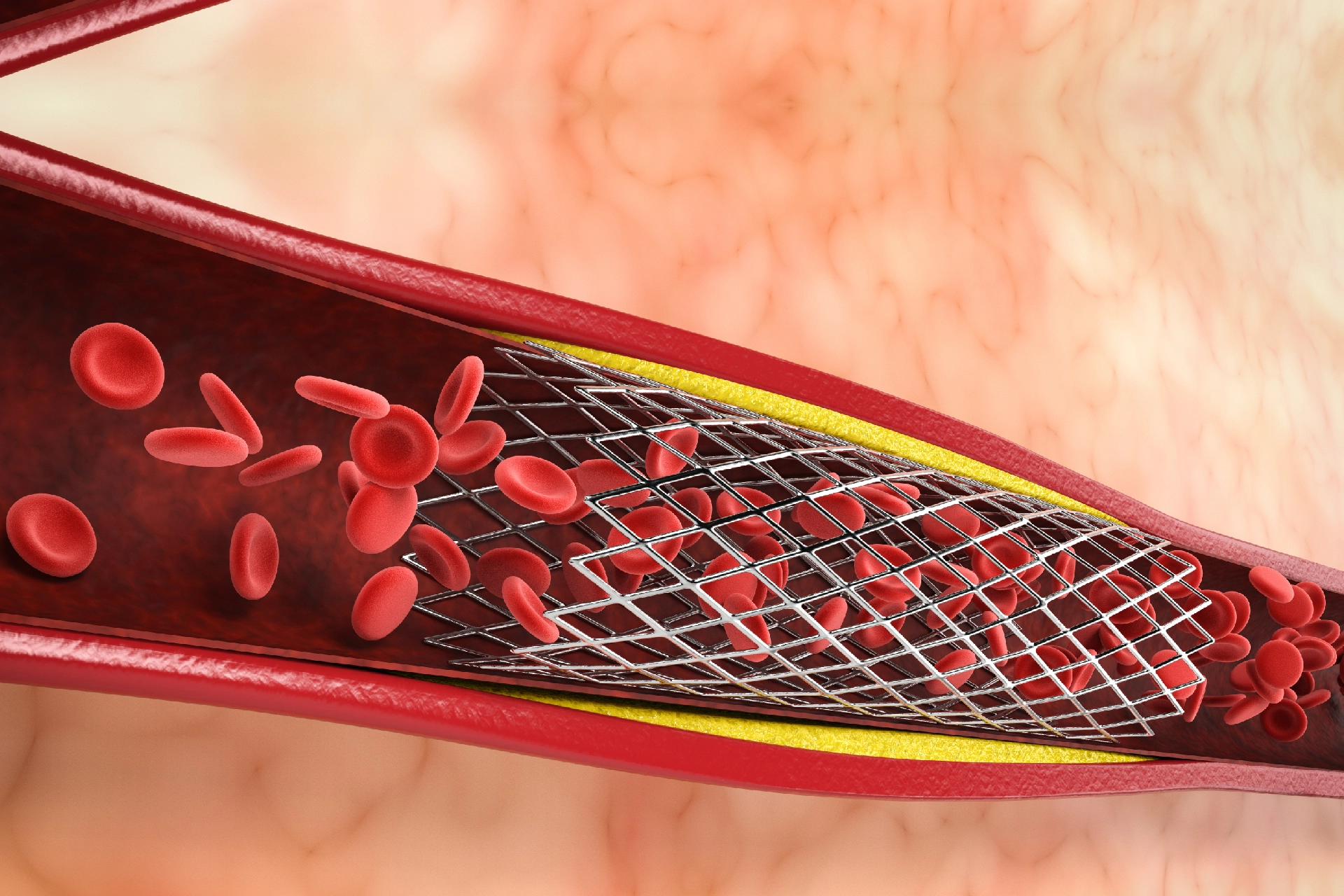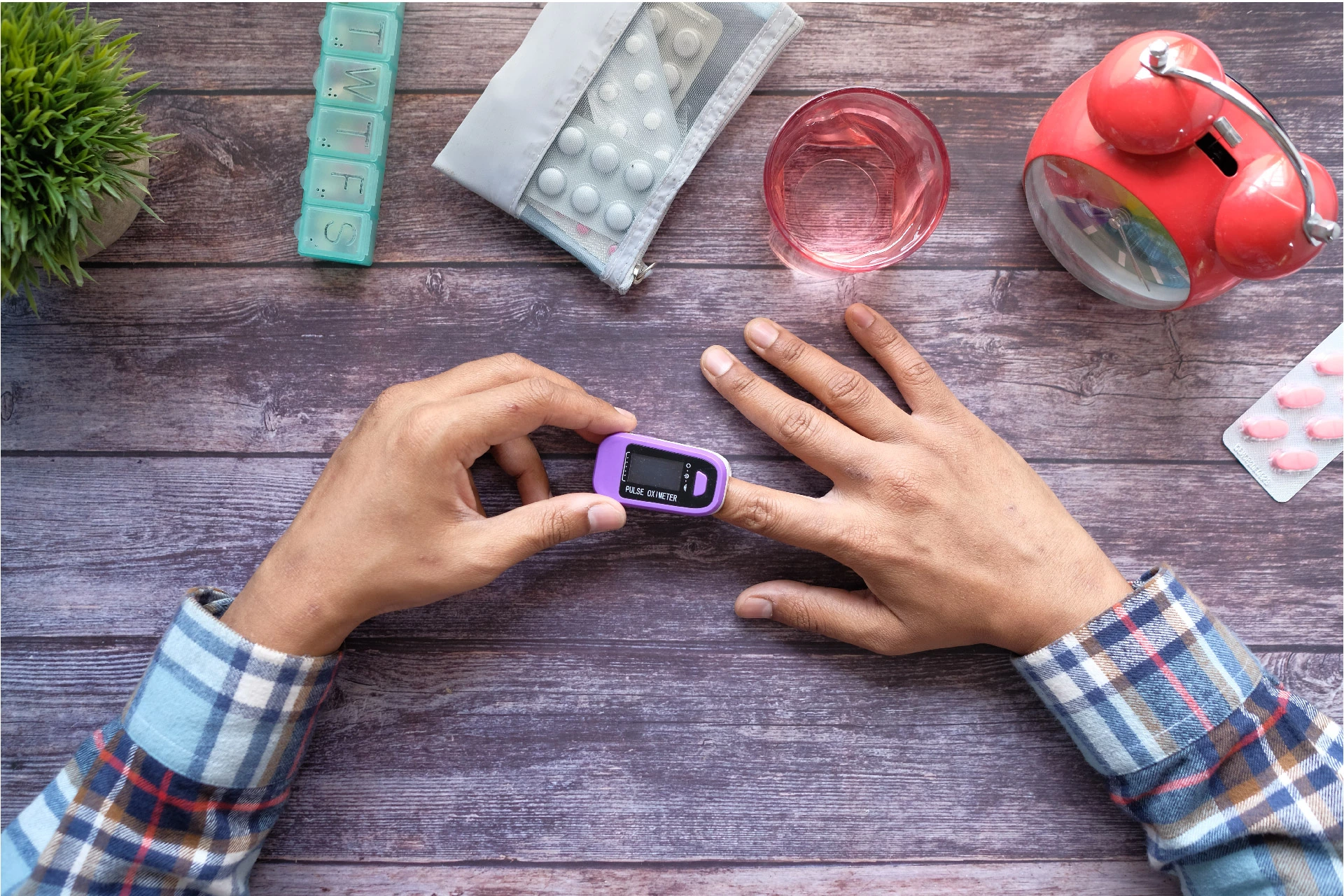Health Tests | 5 min read
VLDL Cholesterol Test: Ranges, Procedure, and Results
Medically reviewed by
Table of Content
Synopsis
VLDL cholesterol test results measure very low-density lipoproteins. A VLDL cholesterol test indicates risk of CHD. Ask a doctor if your results are in the VLDL cholesterol blood test normal range.
Key Takeaways
- A VLDL cholesterol test is necessary to track your risk of heart disease
- VLDL cholesterol test results are usually not in your lipid profile test
- Normally, VLDL cholesterol blood test normal range is under 30 mg/dL
Cholesterol poses a constant worry in our lives. This is why lab tests such as the VLDL cholesterol test are recommended every so often to help us monitor its levels in our bodies. A recent survey showed that 25–30% of the urban population and 15–20% of the rural population in India report high cholesterol [1].
Cholesterol is necessary for healthy body functions such as metabolism, promoting the integrity of your cell membranes, and synthesizing Vitamin D [2]. But excess cholesterol is not good and can lead to several hearts and other related problems.
Among the varied types of cholesterol, VLDL is known to give rise to plaque, which, when deposited in the artery, can restrict normal blood flow within your body. What’s more, research proves that high VLDL cholesterol plays a critical role in the development of coronary heart disease [3]. Getting a VLDL cholesterol test in this regard can help in measuring the value of this lipoprotein in your blood, so you can take steps to prevent heart issues.
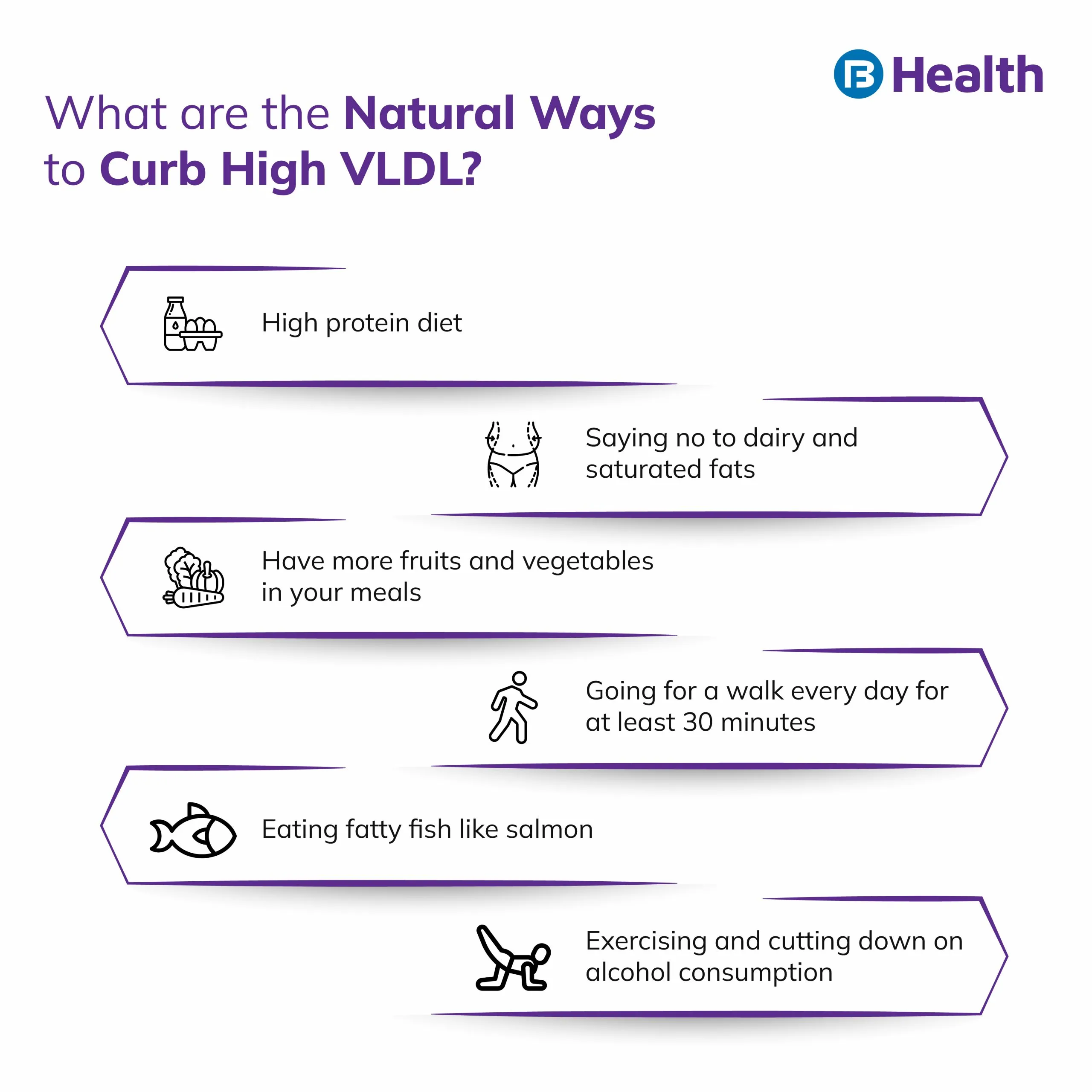
Why is a VLDL cholesterol test necessary?
The VLDL cholesterol test helps rule out the possibility of heart attacks as it measures the amount of VLDL cholesterol present in your blood. VLDL cholesterol cannot be computed by itself. As the name suggests, it is a measure of the very low-density lipoprotein in the cholesterol profile. So, it can only be tracked using a precise calculation based on your triglyceride levels. This is why knowing the specific VLDL cholesterol test results are necessary.
How does the VLDL cholesterol test measure the triglyceride proportion?
The VLDL cholesterol test measures the level of VLDL cholesterol in the blood, and it registers the quantity of VLDL in milligrams per deciliter (mg/dL). In most cases, if your physician suspects a heart problem or notices an anomaly connected to the circulatory system, they prescribe a VLDL cholesterol test. This is done alongside the triglyceride or lipid profile lab test. Even though the test is done via a standard blood sample collection unless mentioned, VLDL cholesterol test results are not added as part of your lipid profile test in most cases.
Additional Read: High Cholesterol SymptomsWhat is the VLDL cholesterol blood test normal range?
VLDLs are normally lipoproteins, which carry triglycerides and other substances all across the body via the bloodstream. These triglycerides are useful for the body in general, and they help by providing the body with a regular supply of energy.
In case you are consuming more sugar as compared to your body’s regular needs or are accumulating excessive amounts of triglycerides through high cholesterol foods, this can increase your VLDL cholesterol test results above the normal range.
Even though there is no specific VLDL cholesterol blood test normal range, it is considered between 2 and 30 mg/dL in some cases and up to 40 mg/dL in others. It is best if your doctor can interpret your results based on the other parameters of your cholesterol lab test. As per doctors, those who have a family history of heart attacks need to regularly monitor their cholesterol levels, especially VLDL, to track their risk of cardiovascular disease.
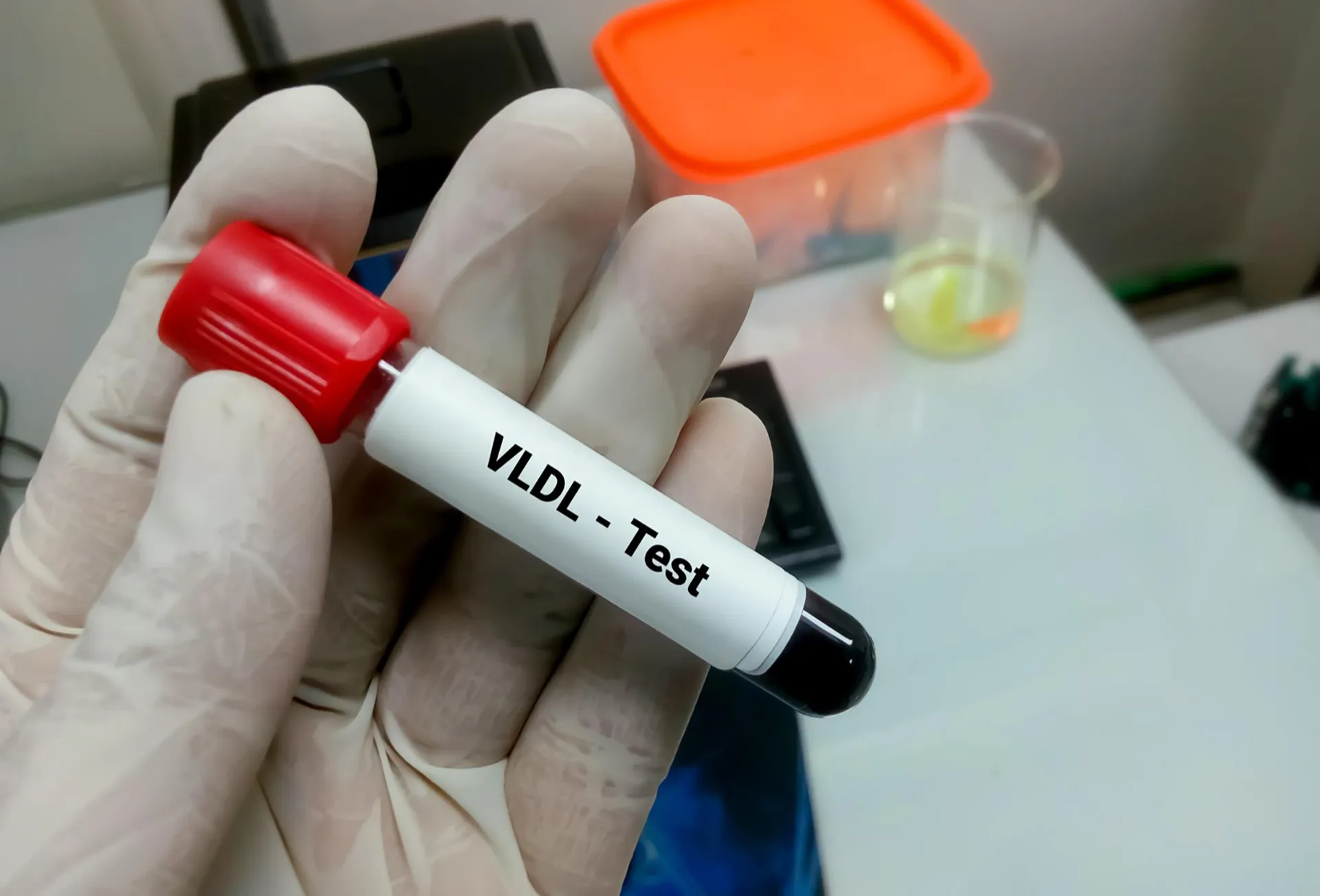
What is the difference between LDL and VLDL?
As compared to LDL, VLDL contains more triglycerides and less cholesterol. On average, VLDL will contain up to 70% triglycerides, which goes down to only 10% in the case of LDL. It is easier to feel the increasing LDL levels as you begin to notice symptoms connected to high cholesterol levels at once. However, VLDL levels do not have instant symptoms. They are detected only when other lipid-related profiling is done using blood samples.
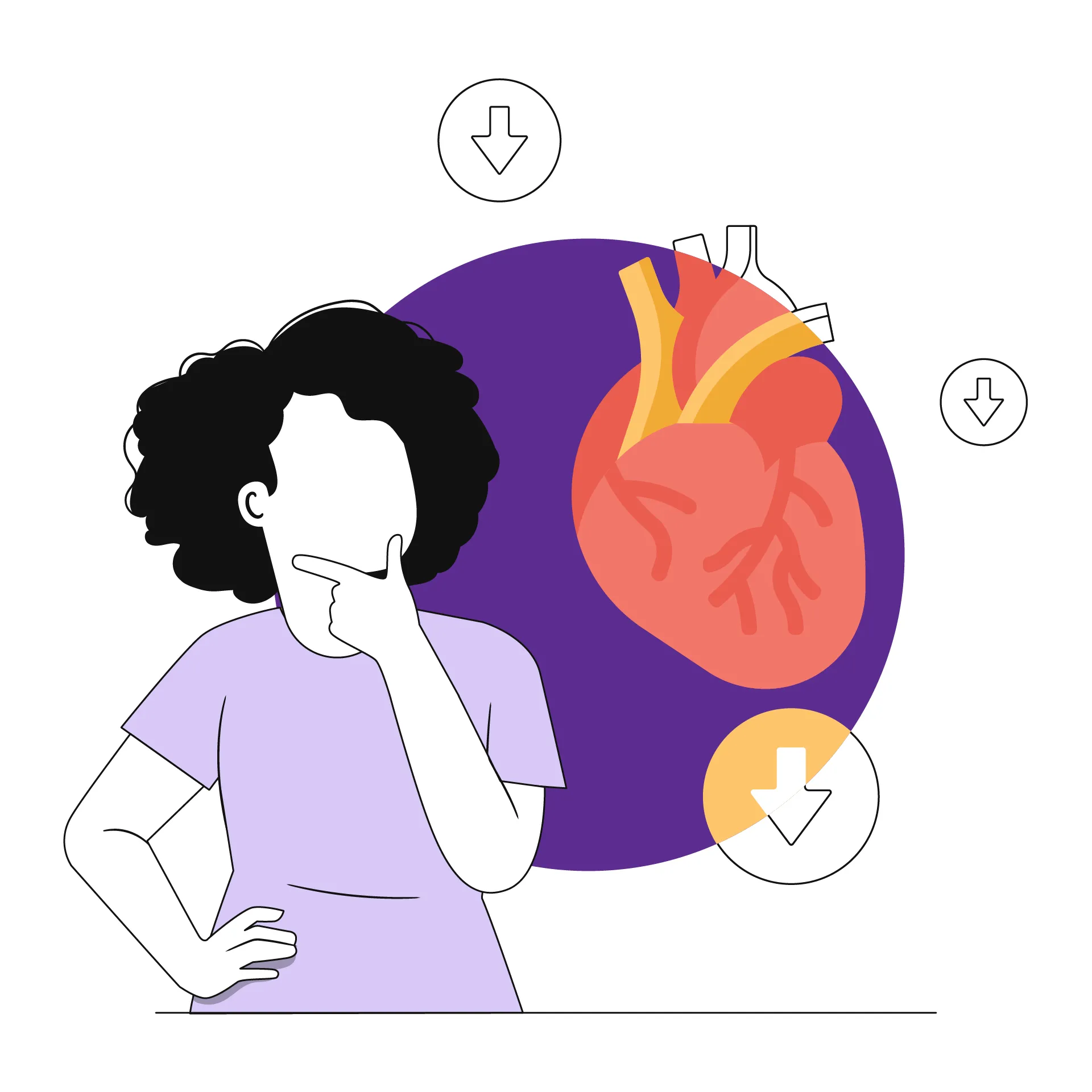
How can you keep VLDL levels in control?
Maintaining a healthy lifestyle and consuming nutritious food for all meals generally helps keep your body healthy and your vitals within the normal range. Combine this with regular exercise or a brisk walk for at least 30 minutes a day and increase your intake of nuts, berries, protein, avocados, and fatty fish to further boost heart health. Say no to sugary drinks and saturated fats to further promote health and keep your cholesterol levels under check.
Additional Read: High Cholesterol DiseasesKnowing the importance of the VLDL cholesterol test, you can schedule lab tests like a cholesterol test or lipid profile test with ease on Bajaj Finserv Health. This platform and app connect you to partner diagnostic services that are trustworthy and usually offer sample collection from the comfort of your home. This way, you can track essential health markers to catch heart disease early on and make changes to prevent them from worsening.
To make your health-related expenses even more pocket-friendly, you can sign for health plans under Aarogya Care. For instance, choose any Complete Health Solution medical policy to enjoy benefits like a vast partner network and discounts, high coverage for all your health-related costs, free unlimited doctor consultations, reimbursements on lab tests, and more. Get all this and more at the click of a button with 100% digital processes and protect your health today!
References
- https://www.sciencedirect.com/science/article/pii/S0019483216308999
- https://www.ncbi.nlm.nih.gov/pmc/articles/PMC4566333/
- https://www.sciencedirect.com/science/article/abs/pii/S0002914906015177
Disclaimer
Please note that this article is solely meant for informational purposes and Bajaj Finserv Health Limited (“BFHL”) does not shoulder any responsibility of the views/advice/information expressed/given by the writer/reviewer/originator. This article should not be considered as a substitute for any medical advice, diagnosis or treatment. Always consult with your trusted physician/qualified healthcare professional to evaluate your medical condition. The above article has been reviewed by a qualified doctor and BFHL is not responsible for any damages for any information or services provided by any third party.

